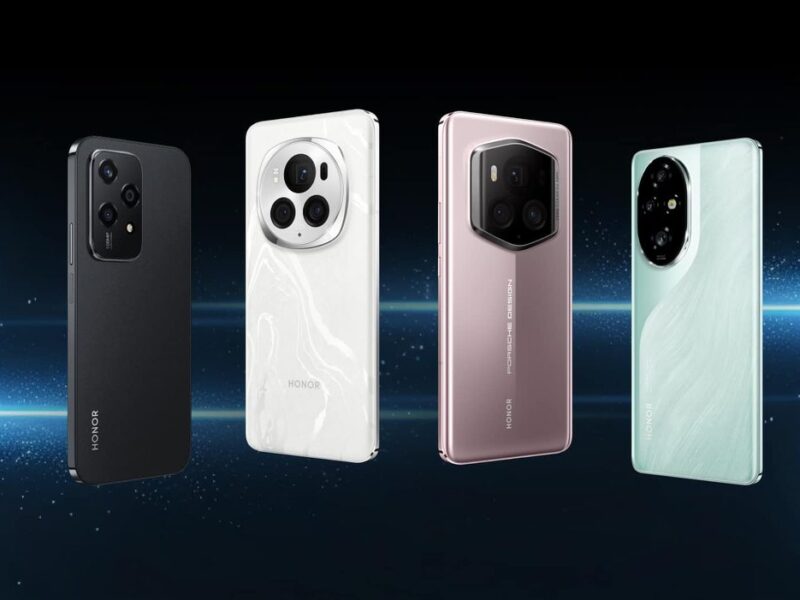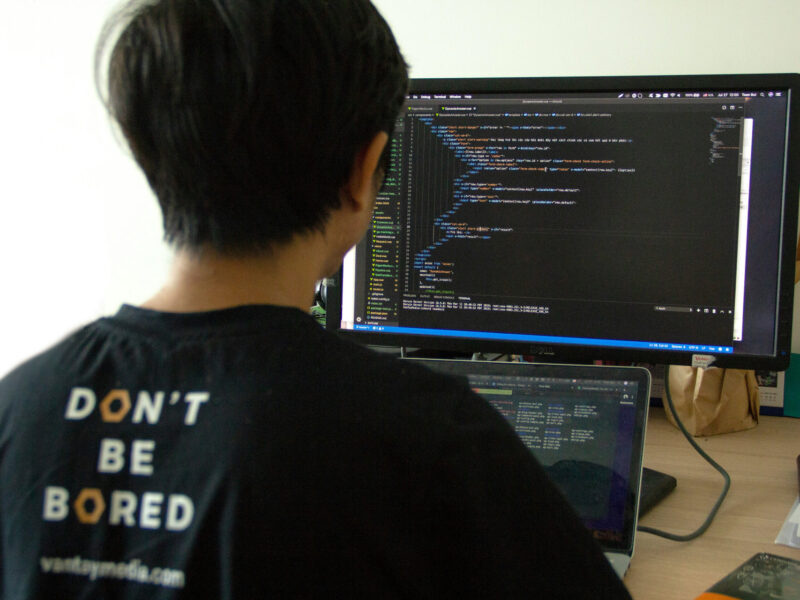By Sarah Mitchell, Chief People Officer, TechForward Solutions
As businesses grow more complex every year, HR leaders are expected to keep pace with constant change. One technology that’s causing a fundamental shift in the field is generative artificial intelligence. Not only is it changing the way we recruit and develop people, but it also pushes us to rethink how we support and engage employees across the board. However, to get the most out of this innovation, HR leaders need to develop and put to use a clear and strategic plan.
Why Generative AI Matters for Today’s HR Teams
Generative AI is a lot more than just another tech upgrade. It’s sparking a transformation in the fundamental role of HR. While in the past, automation was used mainly to tackle repetitive tasks, generative AI goes a step further; it can create new content, analyse vast amounts of information, and help guide key business choices. This power, especially when delivered through Generative AI services, gives HR professionals a chance to step away from routine admin work and become true partners in the business, contributing to big-picture goals.
One of the main advantages of this technology is its ability to make sense of large, unorganised sets of data and produce unique, relevant insights. This allows HR leaders to make better decisions about talent development, workforce planning, and fostering the right culture. The challenge, though, is not just seeing the possibilities-it’s knowing how to introduce and use them effectively to deliver real value.
Transforming How We Find and Attract Talent
Recruiting is where the impact of Generative AI services in HR is most real. Recruiting teams now can construct job postings that are not just targeted and impactful but also precisely as every job requires. AI technology, considering which previous hires have worked out well, can recommend the types of words, salaries, and benefits most likely to attract the best.
The technology does not stop at creating great adverts. It also speeds up the initial sift by filtering CVs, cover letters, and applications to find out who is likely to be a good fit, not only in skills but also in culture. That leaves recruiters with less time to waste on boring sorting and more time for meaningful conversations with potential employees.
Even interviews are evolving. Generative AI may produce interview questions that are targeted at the specifics of a role, give follow-up questions on the fly as required, and even utilise real examples from past successful applicants. In such a manner, the interview process becomes more holistic and equitable, unbiased in the process of learning more about applicants.
Candidate communication, too, has become more thoughtful. With AI, even the invitation for an interview as well as the rejection letter can be personalised, which helps to protect your employer brand while giving a good, professional experience even to unsuccessful candidates.
Rethinking Employee Learning and Development
Employee growth is moving away from unimaginative programs. Generative AI now makes it possible to create learning and development plans that are personal, adapting to each individual’s strengths, learning styles, and career aspirations. AI considers how people have performed, what they want to achieve, and how they learn best, then recommends training or development opportunities that are likely to make the biggest impact.
Content creation for training is also quicker and more relevant. Generative AI can generate specific material as per roles, design interactive training scenarios, and write accurate assessment questions, all at a large scale with a reliable quality. So, HR and L&D teams can address skill gaps quickly without compromising on content.
Mentoring and coaching are also getting a boost. AI matches employees with mentors based on compatibility, matching strengths, experience, and goals. Plus, it can suggest ideas for productive conversations and keep track of each person’s development journey over time.
Feedback and performance reviews are becoming smarter as well. Generative AI can monitor long-term trends, identify someone’s strengths and areas for growth, and suggest improvement plans that reflect both the needs of the organisation and the ambitions of the individual.
Making HR More Efficient and Managing Risks
Generative AI delivers big gains in efficiency, but those gains come with responsibility. Routine documents like policies, employee handbooks, and compliance updates can now be drafted or updated faster, ensuring consistency throughout the organisation. Even so, careful review and clear processes are still needed to guarantee legal and factual accuracy.
By analysing internal communications and engagement data, AI can give an early warning on morale or culture problems, which allows HR teams to step in before issues escalate and take a turn for the worse. It’s also useful for drafting sensitive internal messages or helping HR leaders resolve complex staff issues.
Data security and privacy remain top priorities. HR leaders need to ensure that any AI powered system or data use meets the strictest privacy standards. This means setting strong data management rules, clearly documenting processes, and keeping transparent records of any AI generated decisions.
Rolling Out AI: How to Lead Change Effectively
Integrating generative AI into HR is about much more than technology it’s a people centred change. HR pros should train their teams not only on how to use the tools, but also on how to interpret their outputs wisely, always complementing AI insights with the irreplaceable value of human judgment.
Working with colleagues across the organisation is crucial for smooth adoption. HR needs to explain the benefits of AI clearly, address fears about job losses or outdated skills, and reinforce one key message: these tools are designed to help employees, not to replace them.
Pilot projects are a smart place to start. By testing Generative AI services on a small scale first, organisations can learn what works, work out the kinks, and show sceptics the benefits before rolling out changes everywhere. Both efficiency gains and employee feedback should be tracked to measure true success.
Getting new AI solutions to mesh with existing HR systems can be complex, involving work on system compatibility, data standards, and workflow integration. It’s a project that needs close teamwork with IT to get it right.
Keeping HR Ahead of Tomorrow’s Challenges
Generative AI is moving quickly. If HR leaders want to stay ahead, regular learning and adaptation are a must. Staying on top of new features, rules, and best practices will help organisations remain competitive and avoid risks.
Building AI skills across the HR team will also ensure responsible use helping spot AI’s limitations, avoid potential bias, and insist that a human touch remains at the core of every big decision. Going forward, developing AI skills should be an integral part of HR training, right alongside established skills.
Looking ahead, HR leaders need to prepare for a workforce shaped by both technology and human creativity. As automation picks up routine work, people skills like creativity, empathy, and critical thinking will become even more vital. Anticipating these changes and investing in employee development now will ensure no one is left behind.
Final Thoughts
Generative AI is poised to give HR leaders unprecedented influence if they combine technical know-how with good judgment, a commitment to ethics, and a people-first approach. The shift has already started. With clear-headed, human-focused leadership, organisations will not just keep up with change, but thrive in it.

